
Incubating turkey eggs in the early spring is ideal for the standard varieties of turkey for these take longer to mature than the commercial broad-breasted free-range ones. If keeping more than one variety they should be separated around New Year before they begin to mate. The stags will be beginning to show signs of wanting to mate and if the hen is wearing a protective saddle she should not come to any harm during his treading. Once a hen turkey has been mated she will remain fertile for many weeks. This is why care should be taken between the varieties so that mistakes and crossbreeding does not occur.
The hen will decide when she is ready to be mated and squat before the stag. Once mating has begun the hen will begin to lay eggs 28 days later. For incubation purposes choose only those eggs that are not misshapen and have a good shell with no hairline cracks or ridges, especially at the pointed end. Very dirty eggs are also not worth considering as mud or faeces can contain bacteria that could pass through the porous shell and membrane and contaminate the embryo. Eggs for incubation should be collected every day and stored in a Keyes tray or similar with the pointed end downwards in a cool, dry room. The blunt end should always be kept uppermost as that contains the air sac and eggs will stay fresher for longer.
Turn eggs each day in storage
Eggs are most fertile when fresh and fertility will start to decrease after a few days. Ideally do not store turkey hatching eggs for longer than a week to ten days for the best chance of success. Whilst eggs are in storage rotate them or tilt the tray in opposite directions each day so that the embryo does not stick to the membrane on one side.
Bu hikaye Practical Poultry dergisinin January - February 2020 sayısından alınmıştır.
Start your 7-day Magzter GOLD free trial to access thousands of curated premium stories, and 9,000+ magazines and newspapers.
Already a subscriber ? Giriş Yap
Bu hikaye Practical Poultry dergisinin January - February 2020 sayısından alınmıştır.
Start your 7-day Magzter GOLD free trial to access thousands of curated premium stories, and 9,000+ magazines and newspapers.
Already a subscriber? Giriş Yap
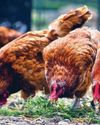
Growing food for Chickens
Mary Larham explores some crops to grow on your holding…
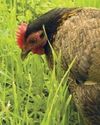
Poultry in the garden – the truth!
Jo-Jane Buxton shares her experiences
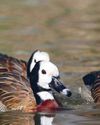
The British Waterfowl Association
Which came first, the goose or the egg?
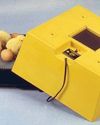
WHY FIT A FAN IN AN INCUBATOR?
Brinsea Products, the Incubation Specialists explain the difference between still air and forced draught
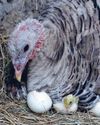
Incubating turkey eggs
Janice Houghton-Wallace looks at broody turkeys and artificial incubation
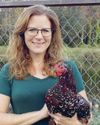
Chicken nesting box herbs
Diana Clauss owns The Blue Feather Farm, in St Cloud, Florida, home to chickens, ducks, goats, and Anatolian Shepherd dogs.
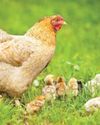
Incubate in January?
Jessica Wombwell says plan the breeding
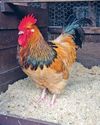
Andy's DIARY
Andy emphases the importance of keeping out damp and wet but allowing ventilation even in cold weather

Feeding for Breeding
It may be winter, but as Joanna Palmer, nutritionist for Smallholder Range explains, now’s the time to get your flock in tiptop shape and plan ahead for a successful breeding season next spring.
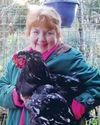
A chick named Cuckoo raised by a duck!
Chris Hammacott and her husband live on a small croft in the Outer Hebrides, they keep a ‘no kill’ flock or rare and rescue sheep which they use to spin and weave rugs. They also share the 8 acres with hens, ducks, cats and 9 rescue pugs.